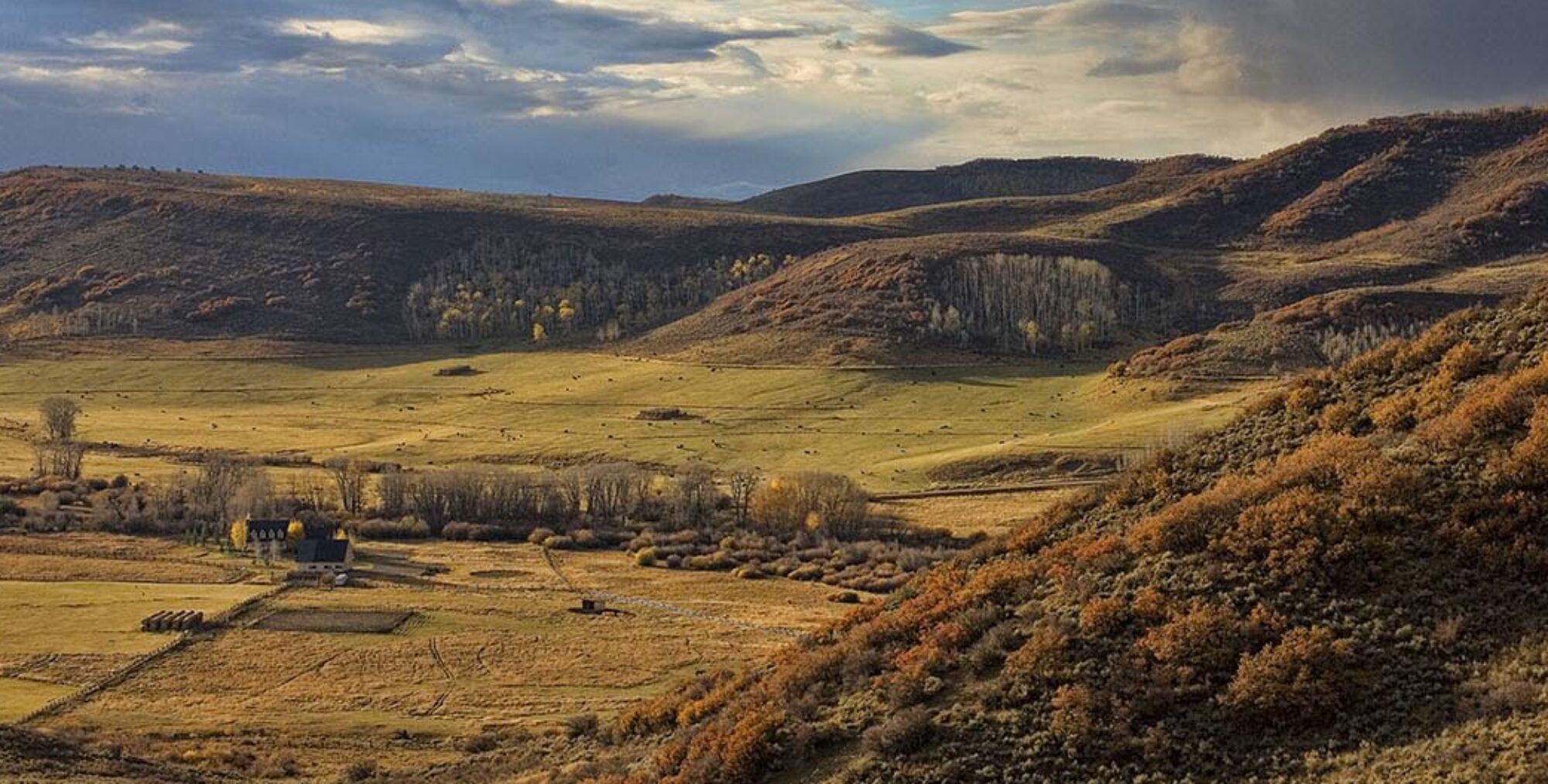Photo by Guy J. Sagi
When Galco Gunleather opened its doors in 1969, it was known as The Famous Jackass Leather Company, long before the arrival of today’s custom holster trends. The name changed, but that mule-stubbornness remained and helped the company survive and thrive through 46 years that weren’t always gun friendly.
To say the Phoenix, AZ-based company is flourishing today is understatement. “We’ve expanded twice in the last few years,” Galco Media and Public Relations Manager Mike Barham said. “In 2012, we completed an expansion of our manufacturing facility here in Phoenix, essentially doubling the size of our production floor, as well as expanding areas available for R&D and other departments. In 2014, we completed construction of a 26,000-square-foot distribution center adjacent to our manufacturing facility.” The firm employs 200.
New Kids on the Block
CrossBreed Holsters was born 10 years ago out of frustration with existing offerings. “After collecting his proverbial ‘box of holsters,’ Mark [Craighead] decided to create a design of his own, incorporating the best features of other holsters and discarding the non-functional elements,” according to his wife, Carol Craighead, who took over the reins of the company after her husband’s death. “In doing so, Mark had handcrafted a new breed of holsters.” The company now employs 35 and boasts a catalog that includes 25 holsters in 325 configurations.
Nate Johnson co-founded of N82 (pronounced Nate Squared) Tactical only six years ago, but demand for the company’s 150 SKUs is so brisk that its nine employees moved into a 12,500-square-foot building in June of 2014. Part of the secret in thriving the custom holster trends, according to him, is offering something different. “Unfortunately, what we have seen is that many of the new IWB holster manufacturers are making the same holster that was developed years ago,” he said. “That’s why our holsters have gained so much popularity. We develop a completely different design than had ever been offered.”
Comfort Holsters has only been around two years, but company President Chris Tedder said demand for the six models it offers has increased every month and, “We’ve seen a five-fold increase over last year’s orders.” To keep up, “We’ve hired new staff almost every month this year.”
You’d be sorely mistaken if the staggering statistics convince you the days of timeless, custom leatherwork from a single craftsman are relics of the past. They’re alive and well, as evidenced by six-year-old Dragon Leatherworks. Dennis Badurina owns the company, and he’s married to only other employee. “A true mom-and-pop” firm, he modestly states. “We are a niche player in the market.”
His products are the kind of striking art it’s a shame to conceal, produced from exotic leather that includes Cape buffalo, python, ostrich and crocodile. You won’t find anything from Dragon Leatherworks in a big-box store, although it’s being picked up by more and more “Guntry Clubs,” as he calls them, including the Scottsdale (Arizona) Gun Club. He’s experienced a 20-percent increase in demand for his carry holsters in the last year.
Latest Custom Holster Trends
With the number of people who now hold permits to carry concealed at a record level—roughly 11 million—the marketplace has changed dramatically since Galco Gunleather opened its doors. “IWB holsters now outsell belt holsters, and everything else for us,” Barham said. “The KingTuk IWB, no question….has been our best-selling holster for about the last five years or so.”
Craighead confirms the trend. “Inside the waistband continues to be the most popular and is our largest selling product,” she said. “Our most popular holsters continue to be the SuperTuck and the MiniTuck….they are the company’s flagship brands.”
“With smaller guns more popular than ever, people want smaller holsters,” Tedder notes. “We try to make every holster with the smallest footprint possible—even our dual-clip model.”
Badurina has seen an increase in demand for models easily converted for both inside and outside the waistband carry, although his lineup bucks the overall trend. “We’ve had greater growth in outside the waistband [sales],” he said. It’s understandable you don’t want to hide that kind of craftsmanship, all the time, anyway.
As for making the right decision when it’s time to buy, shop around, try it on, and ask someone who uses the holster regularly. Johnson’s final word of advice is a good one, though. “The only suggestion that I would make would be for customers—whether new to concealed carry or not—to do business with U.S. manufacturers who make high-quality products, stand behind their products and have a good reputation in the industry.”






